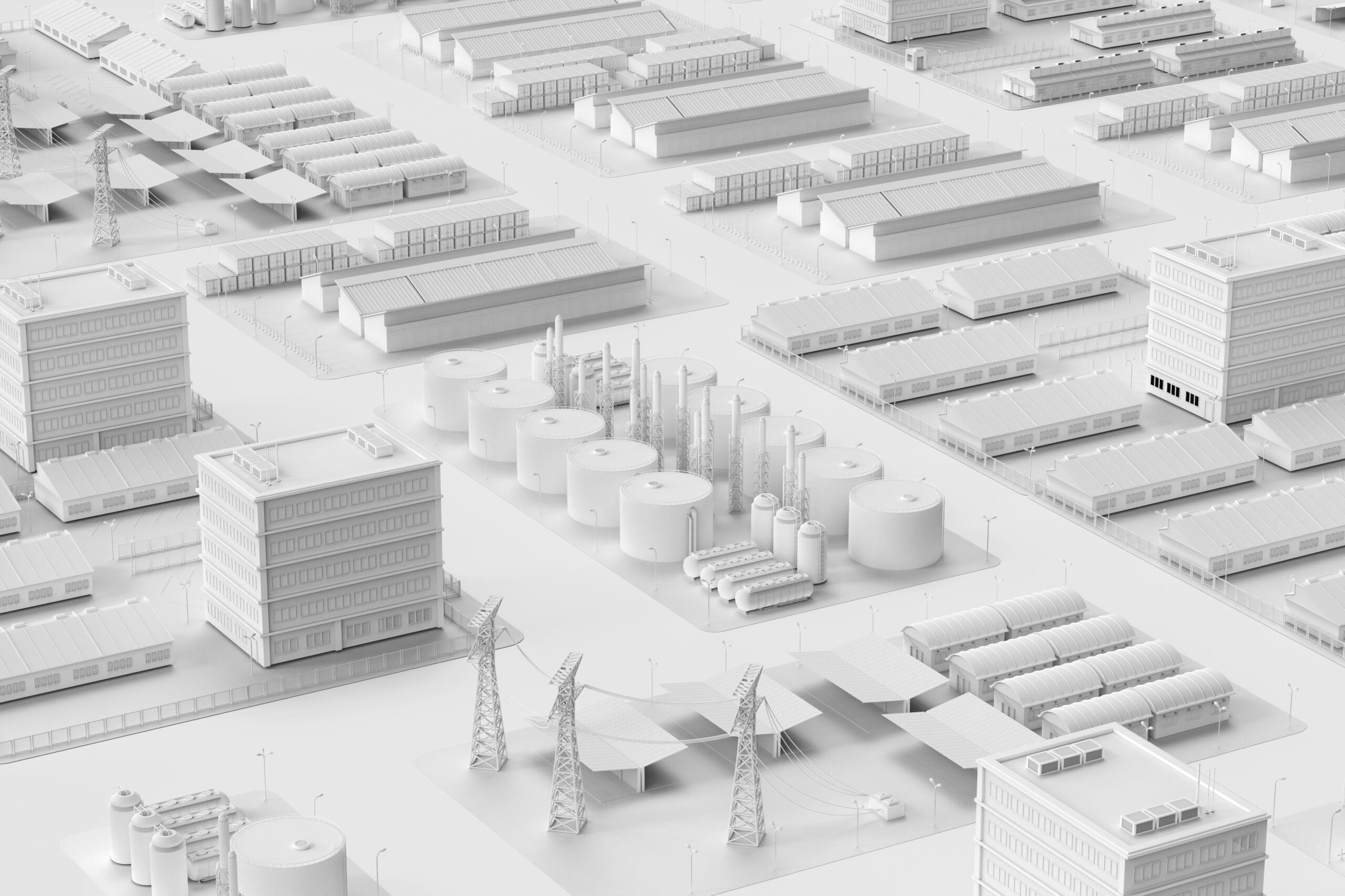Utility company field operations run on a complex maze of systems, applications, and networks that have been developed and advanced over time. Within these distributed environments, legacy systems must connect to the latest cloud, on-site, mobile devices, platforms, servers, and applications to expedite workflows and enable efficient and accurate field crew and resource deployment. This often needs to occur seamlessly across thousands of miles of physical assets within the utility’s service area.
For many utility companies, the sheer complexity of infrastructure assets they must maintain presents numerous challenges, especially when new technologies are introduced into the environment. To take full advantage of all that Big Tech has to offer the industry, new software implementations must be tailored for the unique composition of each utility’s infrastructure. And no two utility company enterprises are alike.
Like many utilities today, you may be looking to modernize your field operations systems in order to achieve greater integration across assets, data visibility, workflow automation, and other pivotal benefits. To ensure you are selecting a platform that can be configured for your own unique needs, investing in the right partner provider and solution is key. Here’s what you need to know.
Developing A Platform Configured for the Way You Work
While there are many infrastructure solutions for utilities on the market today, not all enable the flexibility, scale, and configurability needed to adequately serve the industry’s complex demands. When selecting a platform, it is of paramount importance to ensure that the solution you standardize on will meet your needs now and grow along with you as you add field assets, your service area population grows, and new innovations emerge designed to streamline utility field operations.
First, you need a platform that enables digitization of field asset and crew data – and that serves as a point of integration across the full array of software and hardware solutions that populate your enterprise. This type of ecosystem-wide framework will ensure that you are able to leverage the investments your utility company has already made in other infrastructure assets, including feature-rich point solutions that address pressing operational challenges.
Because there is an urgency about the work you perform, the solution you select should facilitate automation of routine tasks, such as data entry, that can slow field scheduling and dispatching processes and become devastating bottlenecks should an unexpected outage or unfolding emergency occur. Real-time, two-way data synchronization between all mobile devices field workers may use and both the back-end systems and cloud-hosted applications driving your enterprise is essential to have as well, as this will enable easy, fast, communication and dissemination of data to all stakeholders.
This solution you choose should also work in concert with a companion scheduling engine, designed to leverage digitized field mapping data and enable the deployment of field crews and resources to wherever they need to be quickly and easily.
The most sophisticated platforms on the market today present field data to all stakeholders in a single, holistic, digitized map of the service area, which automatically populates and updates as work is performed and field crews are redeployed. This real-time data sharing provides your teams with the ongoing situational awareness needed to pinpoint and troubleshoot problem areas and ensure that crew deployments are prioritized and positioned optimally, according to your service area’s needs.
The interface of this dashboard is important to consider as well. The ability to dispatch and reassign crews automatically with drag-and-drop simplicity allows your team to work more collaboratively and to visually see what is happening with deployments, and where, without having to manually prepare and pore over work orders and other manual documentation.
Contact an Epoch Sales Consultant today ⟶
Beyond the Platform: Why Service and Support Are Key
Because the solution you choose today will serve as your operations foundation for years to come, you need more than technology to ensure reliable energy delivery. You need ongoing access to technical experts that bring both the engineering experience and deep industry insights required to help you build out your field operations platform as your needs grow and change.
This right partner should include full-featured, infrastructure-wide digitization, work scheduling, and dispatching solution you need to meet the challenges you face on a daily basis. It should also maintain a full staff of engineers, project managers, and other industry experts who work with your own internal teams from the initial design phases to tailor the features and functionality of the utility platform for your needs.
For utilities, the need for configuration is most pressing when it comes to workflows and scheduling, with workflows presenting the greatest challenges. This is because each workflow that is configured can impact the performance of others that it touches across the technological continuum. To ensure that workflows are optimized and prioritized in ways that meet the needs of all stakeholders, make sure your partner developers hold pre-design workshops that bring together all who will work with the with the goal of generating a list of project deliverables for everyone involved.
Unlocking Data Visibility, Automating Workflows
To achieve the integration across the environment to enable the real-time data sharing utility companies need, the best utility field operations automation platforms should be able to directly communicate with all of your utility company’s application stack and databases – including fundamental business process applications, such as Esri, Oracle and SAP. To complement this, a queue mechanism should be able to handle long-term processing tasks, such as work order creation, which requires tracing an electrical feeder to identify all structures along a circuit in need of inspection, for example. The use of Python scripts allows both process execution and automation in configurations that are unique to each company’s needs as well.
With the right tool deployed, your field operations administrators can schedule and dispatch resources with the full confidence of knowing that data is up to fully up to date. This means, for example, if someone has taken a vacation or sick day, the scheduler automatically knows this and sets schedules accordingly. And when an emergency occurs, the system should quickly deploy the right workers, with the right skillsets, who are located in proximity, to the most critical locales to get services up and running quickly.
Making the Transition
While transitioning from manual processing and reporting of field data to full digitization of these workflows can present a learning curve for employees and field crews at first, your teams will appreciate the simplicity of EpochField’s interface, and the dramatic improvements they realize in efficiency, productivity, and resource utilization when using the tool.
Ultimately, having the real-time data they need right at their fingertips is transformative, enabling visibility into work being performed and the seamless collaboration between teams your utility company needs to keep service levels high for your valued customers.
See how EpochField can be configured to handle the unique demands of your utility company’s field operations. Schedule a free demonstration today.





